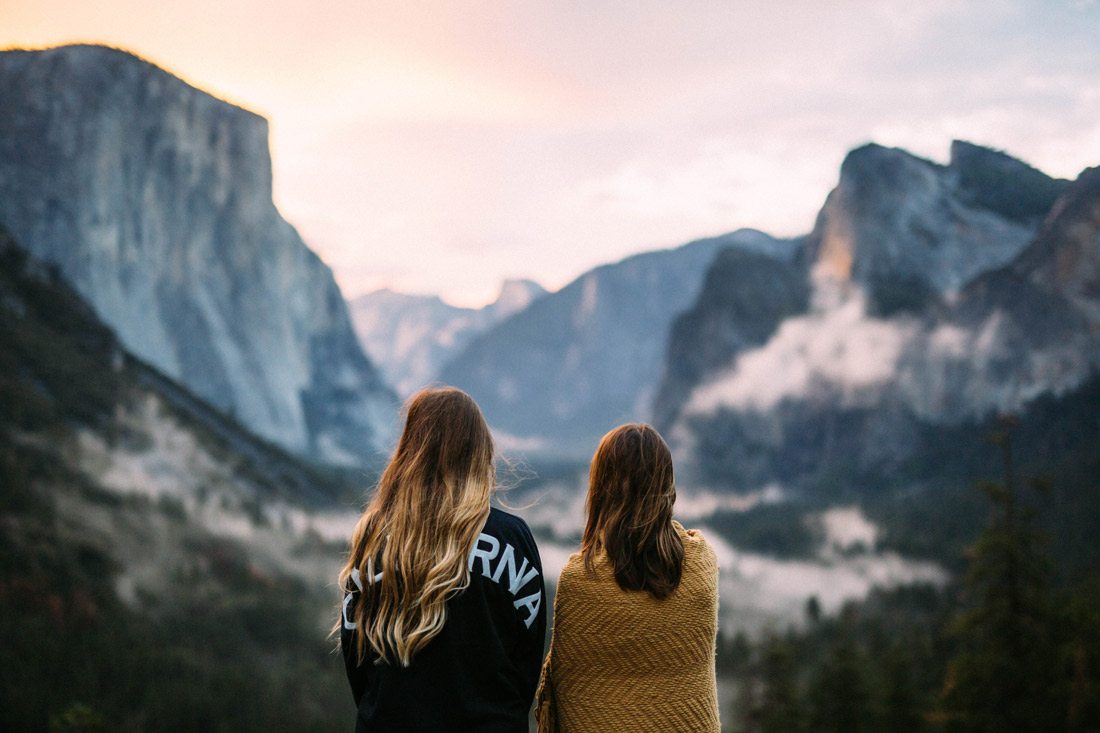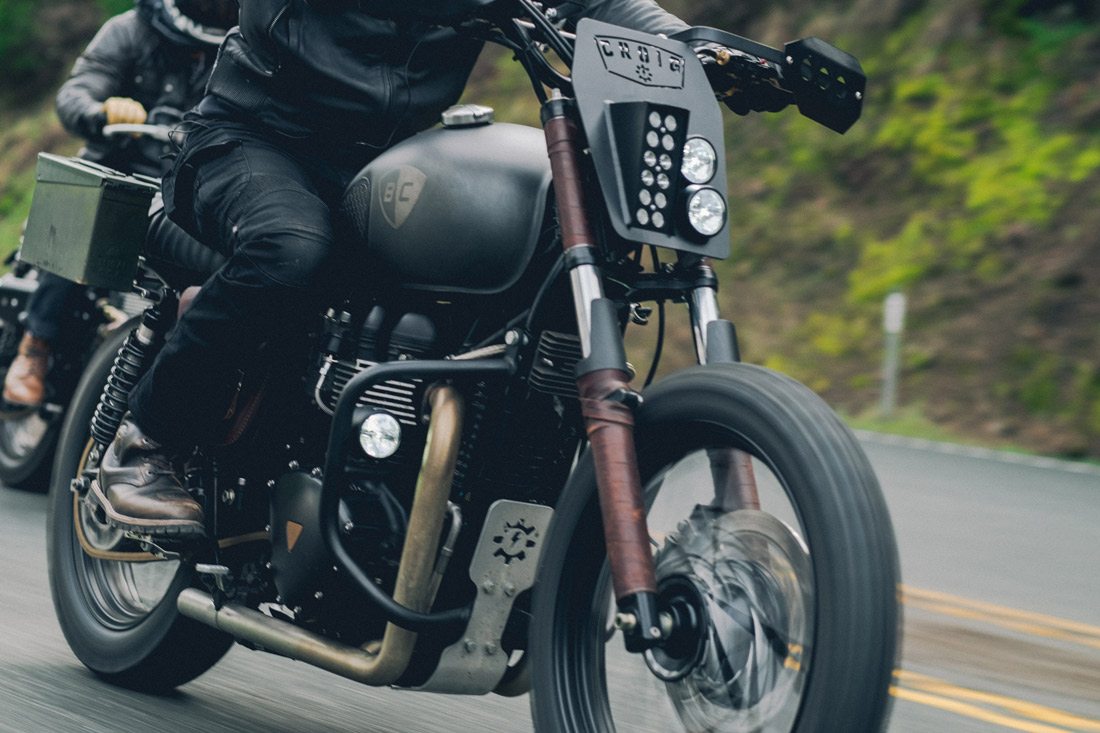Design Trend: Using Authentic Imagery and Photos
The virtual world has to be authentic to captivate users. Childish imagery or clip-art just won’t cut it. But there are still so many websites out there that use over-the-top stock photos, or images that don’t resonate with readers. It’s a problem.
To connect, you have to feel realistic and use authentic imagery and photos, so that users feel something when they interact with the website. It has to feel real. Join us as explore this trend, and share how you can use it to best effect!
What Does An Authentic Image Look Like?

A great image is a critical part of getting users to interact with your website design.
Many designers rely on a variety of image sources to create a website or app, and not all of the images are designed to draw users in. But they should be. Using images that look and feel authentic to your brand or message can be the difference in drawing in (or turning away) users.
An authentic image is one that looks real and directly connects to your message. It can be in the form of a photo (custom or stock), video or illustration. Authentic doesn’t always mean realistic either – a great custom cartoon can also feel authentic to a user.
Authentic images fit the persona of your audience and user base. They establish a connection that users relate to because they can see themselves – who they are or maybe who they want to be — in the images and as part of the overall story your website is telling.
These images look and feel real. They convey emotion and action. In essence, an authentic image shows real life and doesn’t look staged.
How Do You Get Them?

It’s really easy to say that you need to use authentic imagery in website projects. It’s a lot harder to actually do it. Right? Maybe it doesn’t need to be…
There are plenty of ways to create visual connections with users. If you have a great photographer on staff or are able to contract photography or video services, do it. Custom imagery is tops when it comes to creating authenticity.
Not sure what to take photos or video of? Here are a few places to start:
- Take photos of staff for the contact us page. Group and individual shots work well. Allow team members to showcase their personalities.
- Showcase your location, from the outside of the office if it is in a cool place where employees work. If your actual workspace isn’t going to impress, consider images of landmarks from the area where you do business.
- Product images are always valuable, and not just for online sales. Go for images of people using or interacting with your product or service as part of the homepage design. Save the studio product shots for sales pages.
- Leverage the power of your best customers with user submitted images in an Instagram photo mosaic.
Whether you plan to take photos on your own or hire a photographer, make sure to think about what story the images should tell. When you think of your brand and messaging, what visuals come to mind? Authentic imagery will match perfectly.
Then make sure to clearly communicate those goals and any ideas about what you want to see with a photographer. It’s important to start the project on the same page.
Stock Images Are an Option

For some, custom photography or videography isn’t an option, because of tight budgets or even tight timelines. There are places to find great stock images that look and feel authentic as well. Just stay away from the cliché images such as the all-too-common happy people in business suits running through a field (when has that ever actually happened?).
Here’s how to find stock imagery that looks authentic:
- Look for scenes with some type of action.
- Avoid images of people holding signs or drawing charts (particularly on glass from the other side.
- Look for relevant emotion. If the image shows people doing something fun, they should be smiling; if they are working or undertaking a physical challenge, facial expressions should reflect that.
- Choose images that have depth and balance. (Look at the focus area in the image of smoothies above, for example.)
- Don’t use images that mix lots of elements in an unnatural way, such as idea bubbles on photos or have people looking at blank screens.
- Look for images that aren’t close-ups of faces.
It Applies to Video, Too

All the same concepts for choosing photos that look and feel authentic apply to video.
If you plan to use video, opt for something that tells the story of your brand. The emotion and story should feel real.
Even if you plan to use stock video services, opt for b-roll that has a more realistic feel. Stay away from silly cartoons or artificial scenes.
Imagery is authentic when it resonates with users. The same applies to moving images as well.
You Don’t Need 100 Images

The nice thing about a website design that includes authentic imagery is that it will connect with users in such a way that you won’t need a huge catalog of images.
Start with a handful of photos or video clips and use them well. One or two great images will be more effective than lots of smaller, ill-thought-out options.
If you don’t have a lot of images to work with, use what you have with some size to create visual emphasis. One large image will draw in the user and they might not even realize it’s the only visual on the page, especially if you support the image with great copy and a strong actionable element.
Conclusion
Part of selecting authentic images comes with a you’ll-know-it-when-you-see-it philosophy. (Yes, that can be tough.) If you have a good eye, this will feel like second nature.
But not all designers have that eye for photos. If you don’t, ask for a second opinion when picking out photos. Start the conversation with questions like how does this image make you feel? What does the photo/video make you think of?
If the answers don’t match the goal of your website, try again.
Note: The authentic images used as examples above are available thanks to creative commons licenses from Stokpic, Death to the Stock Photo and Unsplash.